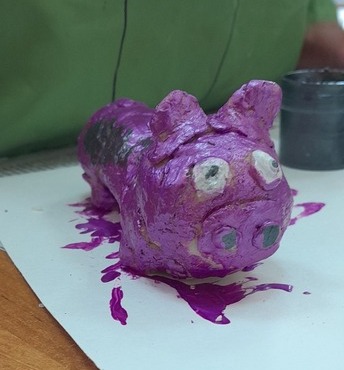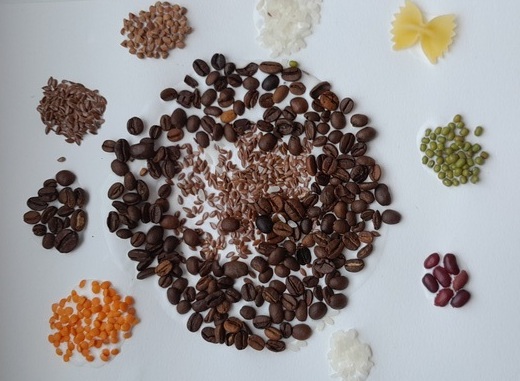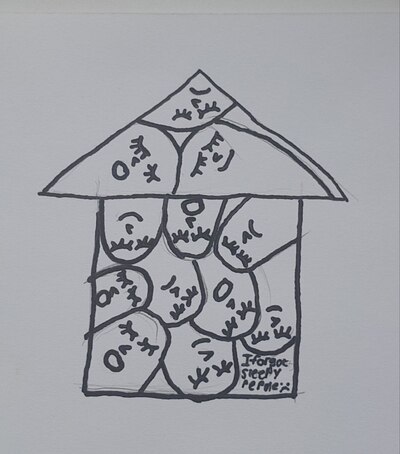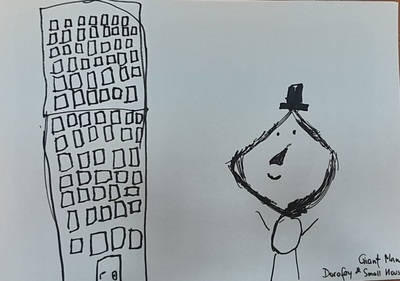
Starting the lesson
We have had the same routine for a few months now and it’s been going pretty well. The kids just loved sharing everything about their new toys and things related (lipsticks, brushes, water bottles, notebooks, candy and what not). Some of them also started to tell me about all the presents the parents would buy them. The more language, the better!
Songs
In May we did a lot of singing of our Seasons Song because this was the song we chose for our presentation for the end of the year show. The kids really liked and they loved singing it, without any help from me. We also continued to sing our ‘May May’ improvisation song. Which was mostly about how tired we are, how much we are looking forward to the summer, holidays and birthdays. We also did a few summer songs, What do you like to do in the summer? and the song from the last unit of Superminds 1 (Let’s go to the sea).
Rules and classroom language
After a very rough April, the kids calmed down and everything fell into place, more or less. We worked hard, we were focused (most of the time), we wrote all the tests but we also had a lot of fun because the really difficult and challenging topics finished and the fun units started, for example measurement in Maths and our body in English and ESL. These are the topics that lend themselves to hands-on learning and I think that also had an impact on the way the kids reacted. In a way, having survived multiplication and division, we could finally relax a bit and have some more educational fun.

Story
In May we did a great story from our coursebook, a traditional story from Turkey, ‘A fair solution’ and we really enjoyed it. We also watched a short story as part of our lessons ‘At the doctor’s’. The one I really like is the one from New Tiger 2.
Now I am looking at the story summary of the month and it looks just very disappointing, only two stories, barely 2. I think I am going to comfort myself with the fact that we have made up for it with our project activities…
Socialising
We have been doing our best as regards social skills. There were times when we had to deal with different issues, still, but we are trying.
- We did lots and lots of pairwork in the role-plays (At the doctor’s)
- We took part in quite a few whole class projects and I was really happy to see that the kids were working together and thinking of the whole team, like, for instance, in our ‘I can smell’ project in which we were testing our noses and recognising the smell of mint, lavender, some fruit etc and in which the success of the activity depended on the individual team members’ efforts (‘Please smell but don’t say it out loud yet!’). It worked!
- Both of my groups tried to play a competitive game (‘But you know that one team is going to lose, yes?’) and one of the groups even asked for the more competitive version. They won, in the end, but I was so proud of them because they were willing to take a risk. It was a good first time and they really were a proper team)
- One of the acid tests of the strength of the group was a day and a week with some trial students. I was really curious how the class would react and after the initial five minutes of rolling the eyes, they just got over it and welcomed the new kids and we all worked together.
- It also helped that we all worked together to prepare the end-of-year show. The kids did their whole performance in Russian, a dance routine and we also prepared our song. That was a nice opportunity for bonding.
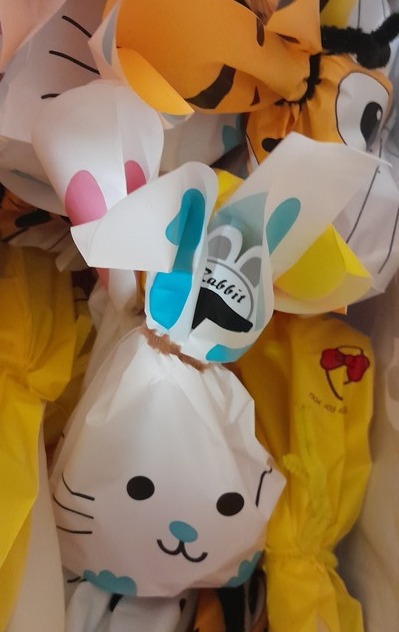
Creativity
May was definitely an Above Standard as regards creativity and I am very happy with it. Just as well we had something to balance the heavy duty test and test preparation lessons!
- We experimented with different codes in history and we tried to write our names and silly messages in the Julius Cesar’s code, the Morse code and the number code.
- We worked a lot with our bodies and experimented with different senses. We played the game of I can see (guessing what might be in the pictures), we tested our noses with a variety of smells. We made a fruit salad and guessed the fruit while eating the salad with our eyes closes. We also learned how to measure a pulse and we tested how our heart behaves when we sit, walk and jump. And this last bit was my excuse to play Song 2 by Blur in class.
- We made the X-ray photos of different organs. I mean, not the real photos but a cool craft that I designed. I really need to write about it, eventually!
- We learned about healt problems and illnesses and we had LOTS of fun role-playing it! The secret? A set of basic structures on the board AND a pile of post-it notes for the kids to write notes and prescriptions. Nothing like the notes scribbled on the small pieces of paper, followed by a signature and the card peeled off in a quick movement to give to the ‘patient’…
- In Maths we did all types of measurement, size, weight, volume…That meant a series of lessons that involved estimate and measurement and checking and us walking around the room with a meter, looking for the information about the volume on the packaging of different things, trying to guess how heavy our possessions are and measuring random volumes of water in the bathroom.
Teacher
I have been a tired teacher in May, a very tired teacher, in fact. All the testing, preparation, end-of-year festivities, reports, presents, good-bye letters, that was A LOT. Especially that, as an Art teacher, I also took it upon myself to have the craziest month in a year with a wide range of materials for my mandalas, salt dough creations, dreamcatchers and stone painting…Rarely was there a day in May when I would walk to school with just a schoolbag…No. There always had to be bag, too, with all the precious junk.
I managed to test everyone again according to the YLE Cambridge standards and everyone (everyone!!!) made progress. Hooray to that!
And then the kids wrote the tests, I did tear up now and again while checking them (because yes, they did great), I prepared 22 goodbye letters and small presents, I clapped a lot during both shows and then they just left. Some of them are still at school, taking part in our summer programme but many left and I know that some of them are moving, changing schools and what not and not coming back. And I had to say good-bye.
- ‘I am not coming back, miss Anka’.
- ‘I know. You are fantastic. Don’t forget that!’
- ‘Я постараюсь. (I’ll try)’
Did I tear up on the spot? No, I am 100. I can, most of the time, control the emotions. Did it ruin my mood for about a week? Yes, it did. It most certainly did.
But we have had a great year, autumn, winter, spring and summer. We started the year with ‘Aa is for apple’ and ‘I can count to 20!’ and now my kids read and write and do multiplication and fractions and they ALL speak much better English than they did in September. I am proud and I will be keeping my fingers crossed for all of them. And, of course, I hope to see them again, in my classroom or just somewhere, in the city.
Happy teaching!
P.S. Please make sure you have a look at our development since September!
P.S. A request!
It is very simple.
I would like to know a tiny little bit more about my readers. There are so many of you, popping in here, again and again, and the numbers of visitors and visits are going up and make my heart sweel with joy. But I realised I don’t know anything about my readers and I would love to know, a tiny little bit more.
Hence the survey.




